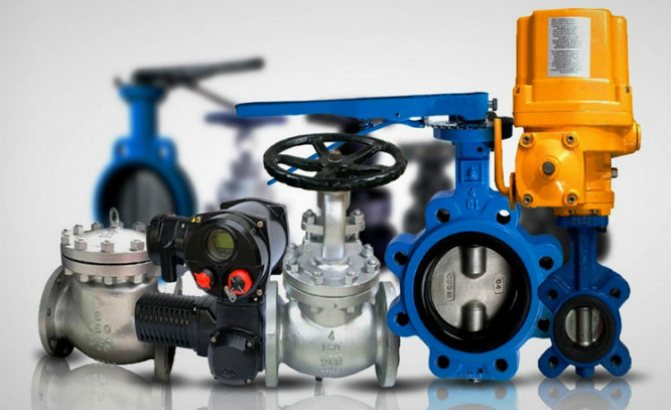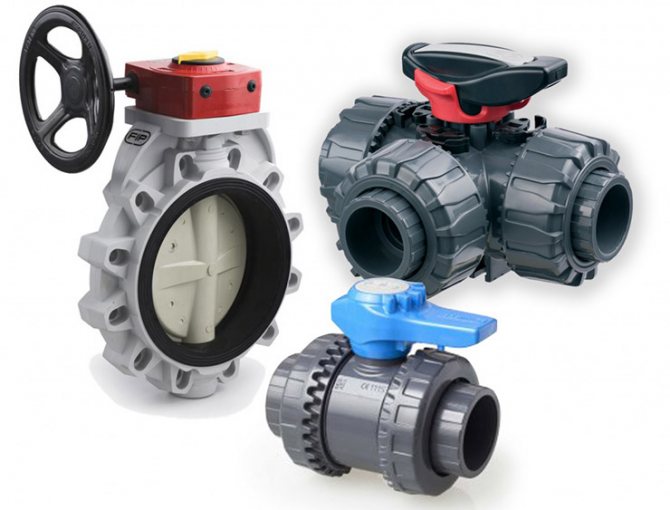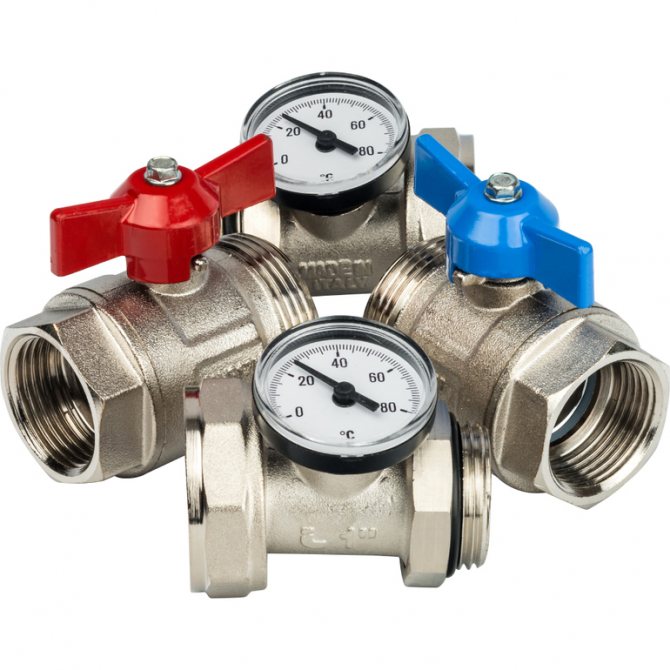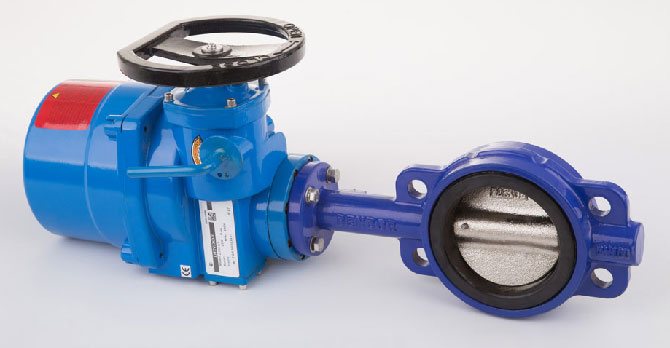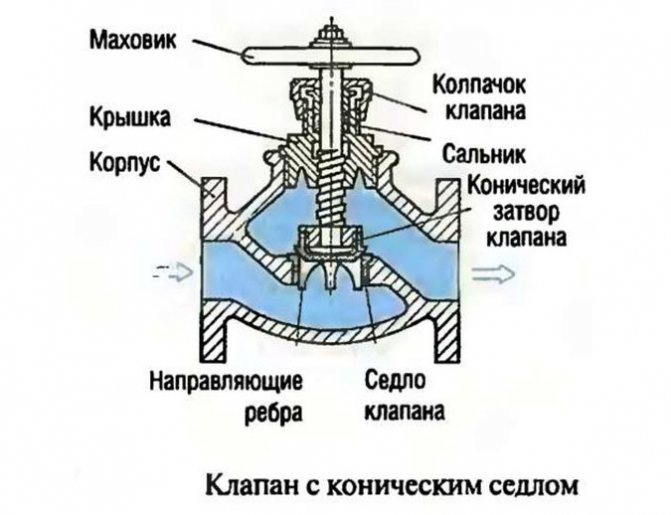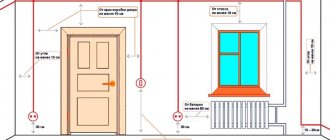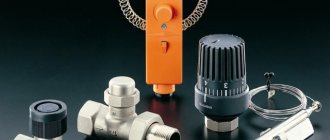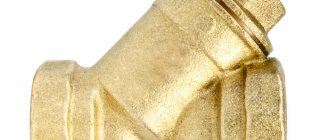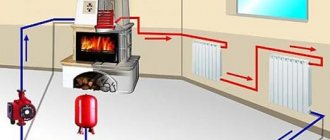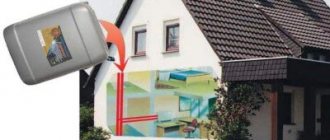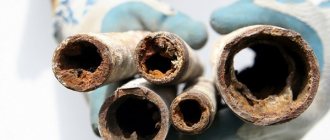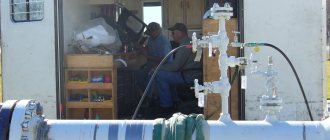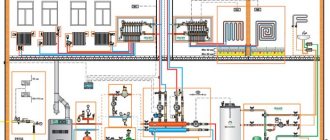Purpose and range of valves
For heat supply systems, these fittings are used to control the supply of hot coolant and open the heating circuit. As a rule, a shut-off valve on a heating device is mounted in areas where radiators are piped.
In addition to functional advantages, such a solution has practical benefits. After closing the shut-off valve of the battery, the home craftsman will have the opportunity to repair it without stopping the functioning of the entire heating structure.
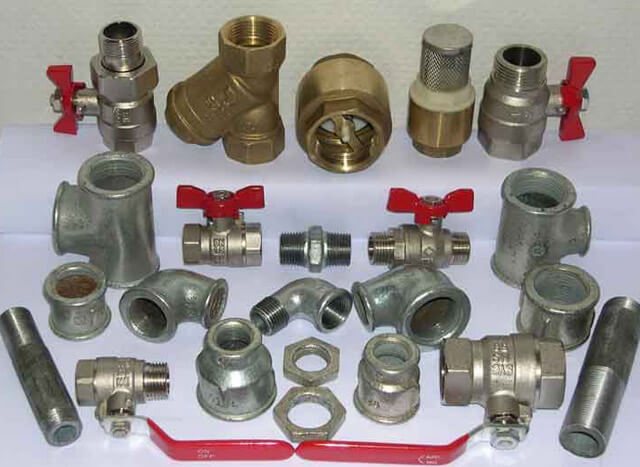
Today, shut-off valves for heating in the domestic market are offered in a large assortment, and among the most frequently used products are the following devices:
- shut-off valves;
- gate valves;
- needle valves;
- Ball Valves.
All of them are made from durable metals that are resistant to corrosive processes and high temperatures. Shut-off type fittings protect the heating circuit from the possibility of an emergency, increase the reliability of the heat supply system, thereby helping to minimize the negative consequences as a result of a breakdown of a separate heating device.
Shut-off valves
The most common example of a shut-off device is a simple ball valve. He has only 2 working positions: "open" or "closed". Due to its design, in the open state, the valve passes the fluid flow through itself without changing its direction and flow area. It is a brass body with an integral element in the form of a ball with a hole, a rotating stem with a handle, as shown in the diagram:
Cut-out of shut-off valves
The polished steel ball is sealed with polymer material and can be rotated 90º. As can be seen from the diagram, the control valve device also does not completely shut off the flow, but it is not customary to use this control method. Firstly, it is too coarse, and secondly, the opening of the ball, turned at some angle, creates a high hydraulic resistance to the fluid flow.
Shut-off valve with filter
For reference. Modern ball valves are produced in multifunctional versions: with a built-in drain connection, a Mayevsky valve, a strainer and even an electric actuator. In addition, there are three-way ball valves that can switch flows in different directions. The last 2 modifications are rarely used in individual systems.
Crane with three strokes
In hot water heating systems, shut-off ball valves are used in the following places:
- cutting off radiators from the system for the purpose of their periodic maintenance,
- to disconnect branches and risers,
- blocking the flow for removing or repairing heat and pumping equipment, expansion tanks,
- to drain and refill the system.
Crane with electric drive
Also shut-off devices include check valves and various electrically operated shut-off valves. It should be noted that in the systems of private houses and apartments, shut-off and control valves with an electric drive are very rarely installed, except in complex and branched circuits controlled by automation.
Valve
As for the check valves, their task is to pass the coolant in one direction in full volume, and to shut off tightly in the other.Place of installation of elements - boiler piping diagrams and other special cases when it is necessary to avoid reverse movement of water.
Ball Valves
This product belongs to shut-off valves for heaters. It is designed to regulate the flow of liquid, which is used as a heat carrier. The ball valve consists of a union nut, an air outlet device that is designed to drain air from the system, and a plug. The product has an internal thread.
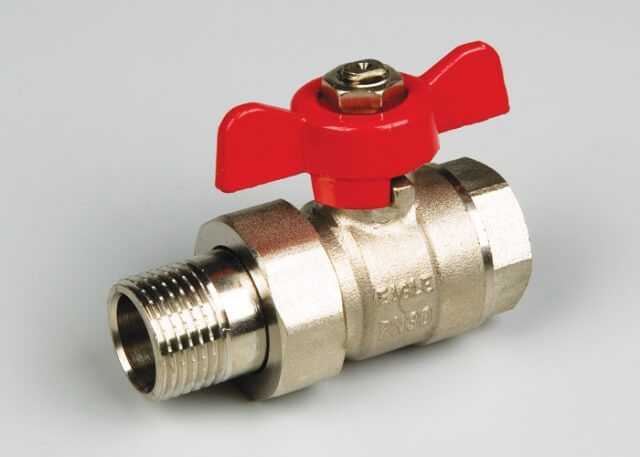

When purchasing this type of fittings, you should pay attention to the material of manufacture, to the presence of O-rings that increase the service life of this element in the circuit. As practice shows, it is brass taps that stand out for their increased wear resistance and anti-corrosion resistance.
Shut-off valves
This type of shut-off valves is used to create the possibility of replacing the heating device without draining the working fluid from the heat supply system. Taking into account the design features, direct and angular modifications of such valves are distinguished.
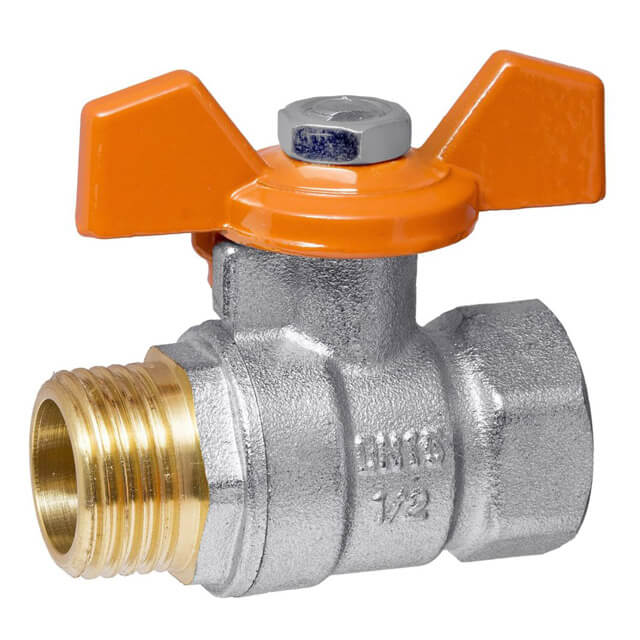

Some products are equipped with a drain device designed to smoothly lower the pressure in the heating circuit. The shut-off valves are characterized by the presence of a hose nozzle, which makes it possible to install it as quickly and easily as possible.
Needle valves
The functions that the needle valve must perform are varied. In accordance with the design device, this product can have a shut-off, regulating and balancing purpose.
The needle valve in heating systems is used for radiators. Thanks to its presence, a smooth flow shut-off is ensured and it is possible to avoid the consequences of water hammers, which have a negative impact on the entire heat supply structure.


Unlike a ball valve, which has two positions, the needle valve can function in three modes:
- "open";
- "closed";
- Partially closed.
How do shut-off and control valves work?
In most cases, shut-off and control valves find their work on pipelines where it is required to control the volume of hot and cold water supply and the pressure in the system. The valve usually has a handle that moves a quarter turn less often half a turn to easily switch from open to closed position in the event of work such as repairing a leak or performing other repair work.


For valve devices, it is necessary to turn the working flywheel or wheel several turns around the axis until the locking mechanism rests on the seat and blocks the flow. Shut-off valves do not provide a broad opportunity to control the water flow or pressure, which is maximum in the open position. Stop valves are located between the source, the central distribution point of water (gas) in a house or other building and the distribution system inside a separate room.
Isolation valves are used as flow shut-off devices to provide a flow shut-off. They are installed before and after elements such as: boiler, pumps, filters, heat exchangers, domestic hot water tanks, underfloor heating distributors. In addition, these units have special shut-off valves that are excellently shaped for use (“straight” or angled) that allow any radiator to be shut off during maintenance or repairs without affecting other radiators in the central heating installation.
Types of shut-off, control and shut-off and control valves
- Cranes. Most often, standard faucets are from three-eighths to one and a half inches in diameter.Usually these are ball or valve valves at the entrance to the apartment, separate rooms.
- Valves (valves). They are used in the same place as cranes, but can also be installed on pipes with a diameter of one and a half to two inches, can be installed on in-house distribution networks.
- Gate valves are devices for use on main pipelines with a diameter of two inches or more.
- Dampers. They are used on the main pipelines of hot and cold water supply, heating.
The type of shut-off and control valves that provide regulation of the specified technological conditions and parameters of the states of the working medium, flow rate, and also to maintain the required system pressure within the design limits is called control valves.
This could be:
- a control valve capable of reducing or increasing the flow of a liquid or gas;
- a shut-off and control valve, which, in addition to regulation, can provide complete shutdown of the system
- a mixing valve that can mix several streams in a given proportion;
- direct-acting pressure regulator, a device that is used if it is necessary to ensure accurate regulation or maintenance of pressure in the system;
- liquid or gas level regulator, most often with feedback on the flow rate or other parameters.
Gate valves
These reinforcement products perform exclusively a shut-off function. Due to the design features, the valves can only be in two positions, since the mechanism has a locking element located perpendicular to the coolant flow. If the valve element has an open position, the heated liquid enters the circuit, and when it is closed, it does not allow it to circulate.
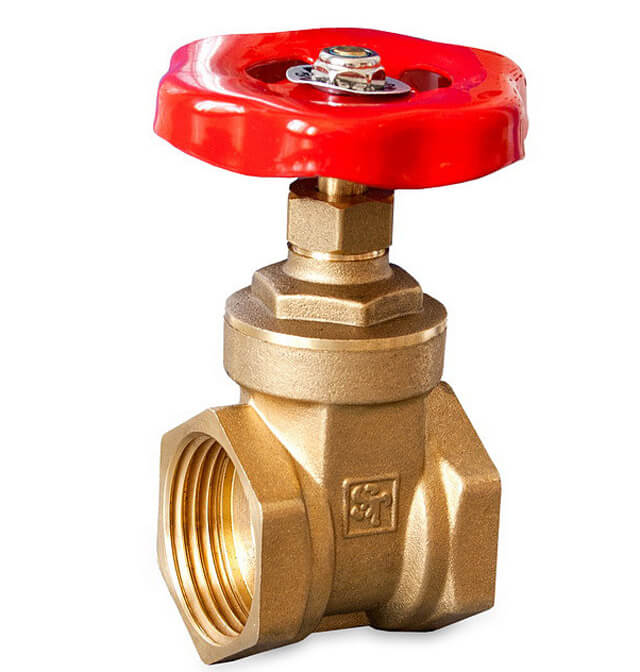

The valve has a number of features:
- Provides low hydraulic resistance in the circuit.
- It has the optimal size of the inner diameter, which coincides with the cross-section of the pipeline.
- It's easy to mount.
- It is highly reliable.
Shut-off and control valves
In addition to the locking function, which helps to prevent emergencies in the circuit, the fittings can perform the task of regulating the flow of the coolant. Control valves for heating radiators and systems are used to smoothly adjust the temperature of the heated liquid, in order to stabilize the pressure, and also to control the direction of movement of the working medium.


These devices are represented by the following types of valves: balancing; reverse; make-up; thermo-; waste; bypass.
Balancing valve
When installing heat supply systems, it is used to regulate the operation of several hydraulic circuits. Installing a balancing valve allows you to increase the efficiency of the heating structure, as it helps to control the permissible volume of consumed heat carrier.
Correctly mounted, this type of fittings, in which the principle of operation is to evenly distribute the heated liquid over all segments of the heat supply system, can function in the most difficult conditions. This device is capable of withstanding significant pressure drops in the circuits and high speed of movement of the coolant through pipelines.
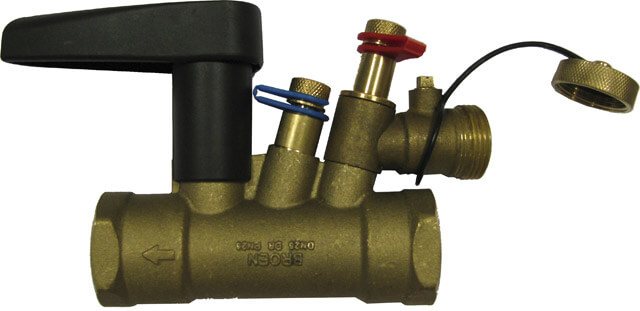

The balancing valve, the cost of which for direct-acting modifications is not small, consists of the following main elements:
- a body made of steel, silumin or brass;
- branch pipe;
- position lock;
- membrane septum;
- measuring diaphragm;
- shutter indicator.
Check valve
The use of this type of control valve prevents water hammering and thereby improves the reliability of the entire heating structure.The valve prevents the heated liquid from circulating back through the system. In order for the device to be optimally combined with the contour, it must be selected taking into account the size of the inner diameter.
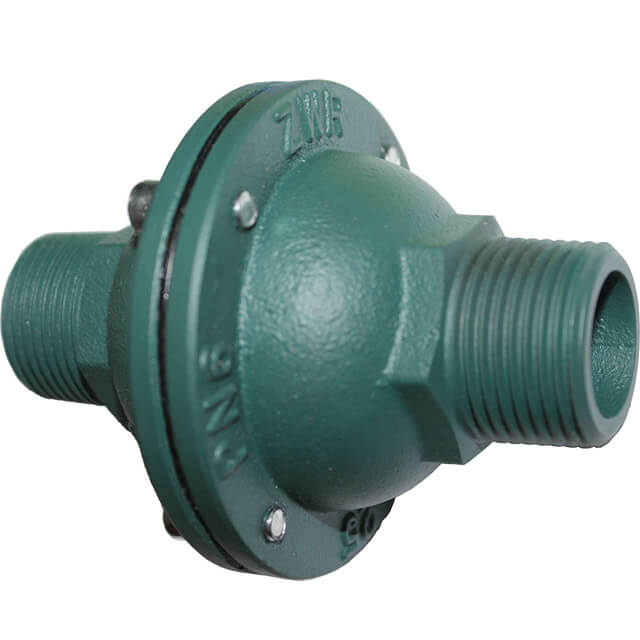

The main element of the check valve is the spring, which serves to hold the stem and, in the event of an emergency in the circuit, closes it.
Make-up valve
To ensure effective circulation of the working medium in the system, there must be an optimal volume of coolant in the circuit - water, antifreeze, etc. Therefore, the make-up device belongs to the mandatory elements of every heating structure.
This type of valves allows you to compensate for fluid losses as a result of leaks in heating devices and the use of drain valves and Mayevsky taps.
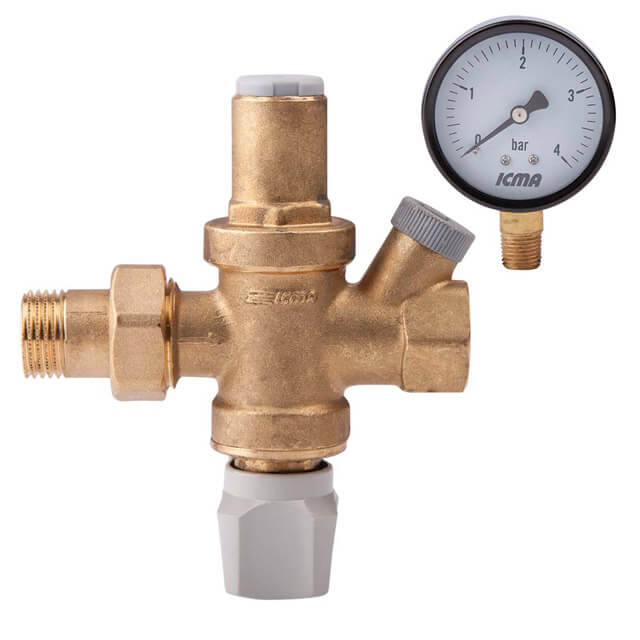

The main purpose of this make-up element is to control the amount of coolant in the circuit, and if necessary, it must replenish its losses. It is best to opt for an automatic device equipped with a reduction mechanism and a diaphragm, which is under the pressure of the working medium.
If the pressure in the circuit is reduced, the liquid does not affect the diaphragm, the spring-pushed stem falls, opening a gap in the seat. As a result, the circuit begins to recharge from the water pipe until the pressure in the system returns to normal.
The principle of operation of shut-off and control valves
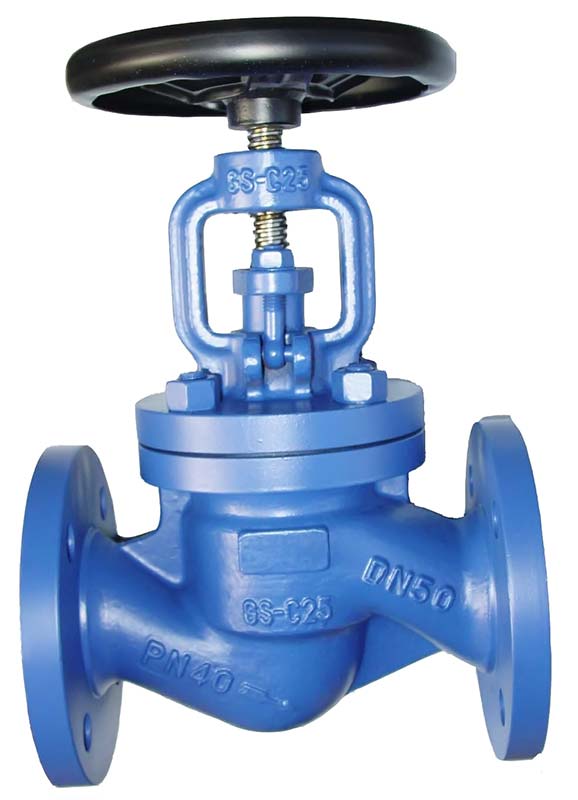

The main purpose of stop-control valves is to control the working medium in the pipeline and change its flow rate. This control valve can be used in the following systems:
- heating and hot water supply networks;
- central and individual heating points;
- ventilation system.
For each of the conditions, there is a certain type of performance and the material used.
Globe valves are universal control devices. This is due to the fact that they not only control the flow rate of the medium used in the pipeline, but also perform a shut-off function that can completely shut off the flow.
Let us consider the principle of operation of shut-off and control valves: inside the body, the shut-off element moves due to the rotation of the stem, which is set in motion with its own hand or with the help of the provided drive. A feature of this regulating device is the presence of a seal, due to which, when the stem is lowered, the system is completely sealed.
Shut-off and control valves have a number of advantages, the most important of which are ease of use and maintenance, reliability in operation. Installation of regulating devices is possible not only on standard pipelines, but also on highways with non-standard angles and bends. In addition, they are often used to work in aggressive environments.
Thermal valve
It is considered the most efficient control valve for heating radiators. This device increases the functionality of the circuit and makes the heating process simple, convenient, and most importantly - rational. The thermal valve can be mechanical or automatic. Products of the first type consist of a thermal head and a valve.
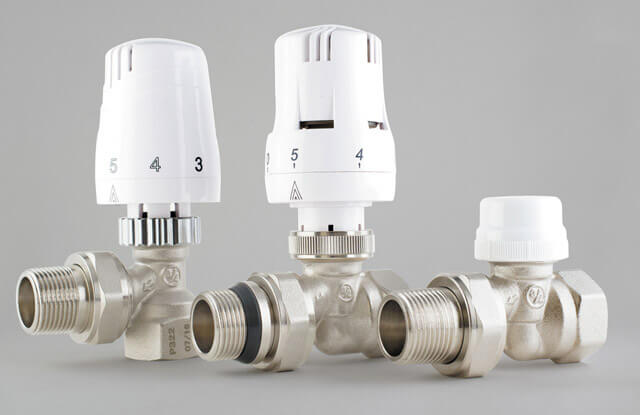

Automatic models have a more complex design, they consist of the following elements:
- thermal sensor - built-in or remote;
- programmer;
- automatic control system.
The automatic mechanism is designed to adjust the temperature regime in the circuit in accordance with the settings that are preset by the consumers of thermal energy. This device is sold at a high price, but it fully justifies itself, since it can be used to optimize the functioning of the heat supply system as much as possible.
Requirements for materials
To create comfortable living conditions in the house, it is necessary to understand the functions performed by shut-off and control valves for heating systems. These devices are designed to regulate the flow of liquid, as well as its distribution along the circuits. According to the design, equipment for heating systems is divided into two groups:
- Locking.
- Regulatory.
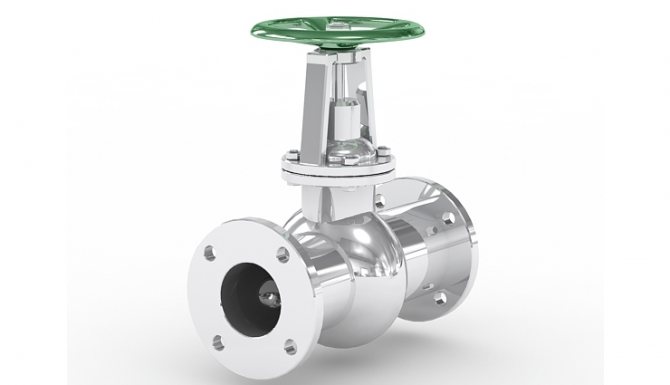

With this valve, you can easily control the safety of the entire system.
With the help of shut-off devices, the heating process is controlled and it becomes possible to turn off a certain circuit of the system. To solve this problem, valves, gate valves and taps are used. When choosing these devices, you need to pay attention not only to their geometric parameters, but also to the material. High quality locking equipment is able to withstand critical operation. All parameters necessary for selection are indicated on the product body or in the passport.
The task of the control devices is to ensure the safety of the entire system. With their help, it is possible to control the pressure in the pipes, as well as regulate the temperature of the heating of the liquid due to the mixing of hot and cold streams.
Some models are equipped with electronic control units, which allows them to automate their work. As a material for their manufacture, bronze, malleable iron or brass are most often used.
In this video, you will learn the benefits of shut-off valves:
Relief valve
Exceeding the normal value of the pressure in the system leads to emergencies, damage to the integrity of the circuit and, in some cases, to the explosion of the heating boiler. For this reason, when arranging heating systems, a pressure relief valve is installed.
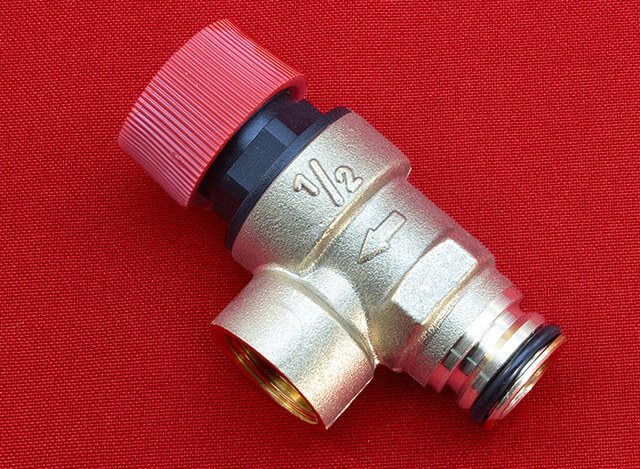

When choosing a place to place this device, it must be borne in mind that most often an increase in pressure when the liquid overheats occurs in the boiler. Even the most modern units equipped with a gas valve are not 100% insured against accidents.
Experts recommend placing the relief valve as close to the heating boiler and on the supply pipeline as possible. When choosing a model of this device, you should pay attention to additional options such as the presence of a pressure gauge and an air vent. Valves with them are more reliable and practical.
Varieties
Among the huge assortment of various units for correcting the operation of the heating system, there are several main types:
- to connect mechanisms are often used bottom connection valves
that allow you to disconnect the battery without the need to empty the heating system;
- shut-off
- used to connect or disconnect from the general heat exchange structure, have only two positions, open and closed;
- regulating
- include taps for controlling the amount and temperature of water (heat carrier), valves for fixing the required temperature in the room.
When choosing equipment for heat exchangers, you should pay close attention not only to the purpose of the product and its compliance with standards, but also to the manufacturer.
Bypass valve
This type of control device is used to normalize the pressure difference between the return and supply pipes. The use of a bypass valve in heat supply systems in which thermal valves are connected in the circuits is mandatory, since they create pressure drops in certain areas and thereby reduce the heating efficiency.
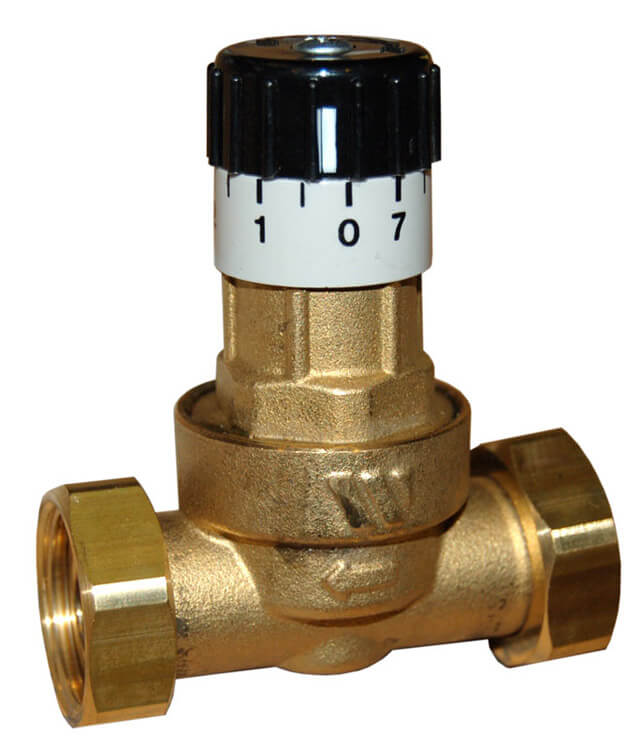

Shut-off and control valves for radiators and heating circuits on the modern market are represented by a wide selection of valves of the most different designs.It is necessary to purchase specific devices in accordance with the heating system arrangement project, which is calculated and developed for a specific residential building or building, depending on its purpose.
This approach is explained by the fact that different types of pipes and heating devices are mounted in each building. Taking them into account and carry out the selection of fittings
Characteristics and purpose
Shut-off and control valves are devices that are designed to shut off, change and control the parameters of the internal environment of the pipeline. Such fittings are installed in water supply, heating, sewerage and gas supply systems.


Devices are used at all levels: from large highways to individual pipelines located inside a house or apartment.
Each system has several parameters that can be adjusted. These include volume and flow rate, pressure, temperature. Shut-off and control valves are used in order to be able to change these parameters without shutting down the system.
The purpose of such parts is to redirect the flow of liquid or gas to other branches of the system. For this, the device is installed in a place where there are branches. As necessary, some branches are closed, while others are opened.
Other types of valves and fittings are capable of reducing the pressure inside the system if it rises or decreases the temperature. Some of them work automatically according to the laws of physics.
For example, the vent valve only lets gas through when the pressure inside the system rises. This allows this parameter to be kept at the same level. Other devices are manually controlled, for example using valves.
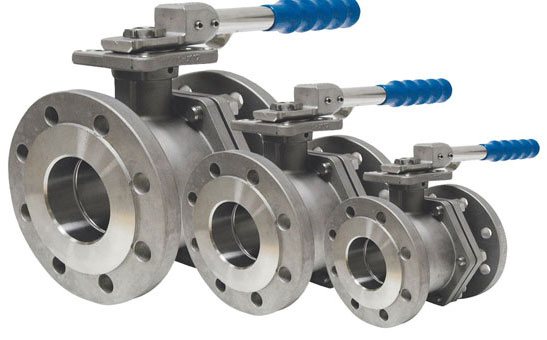

The main characteristic of shut-off and control valves is their throughput. For optimal use, the relative, actual, maximum, initial and conditional throughput are calculated.
Note! The throughput is a physical quantity that reflects the volume of a medium of constant density passing per unit time through a section of the pipe cross-section at a pressure of 1 bar. Simply put, it is the amount of liquid or gas that can pass through a pipe in a given amount of time.
In addition, shut-off and control valves are characterized by a range and range of regulation, as well as a regulator setting. These parameters reflect the difference between the maximum and minimum bandwidth data: the range of values that can be adjusted.
We recommend that you familiarize yourself with: Types and functional features of a flanged check valve
Another important characteristic is relative leakage. It reflects the theoretical ability of parts to deviate from the specified tightness parameters. Simply put, this is a quantitative reflection of the leakage of the product.

